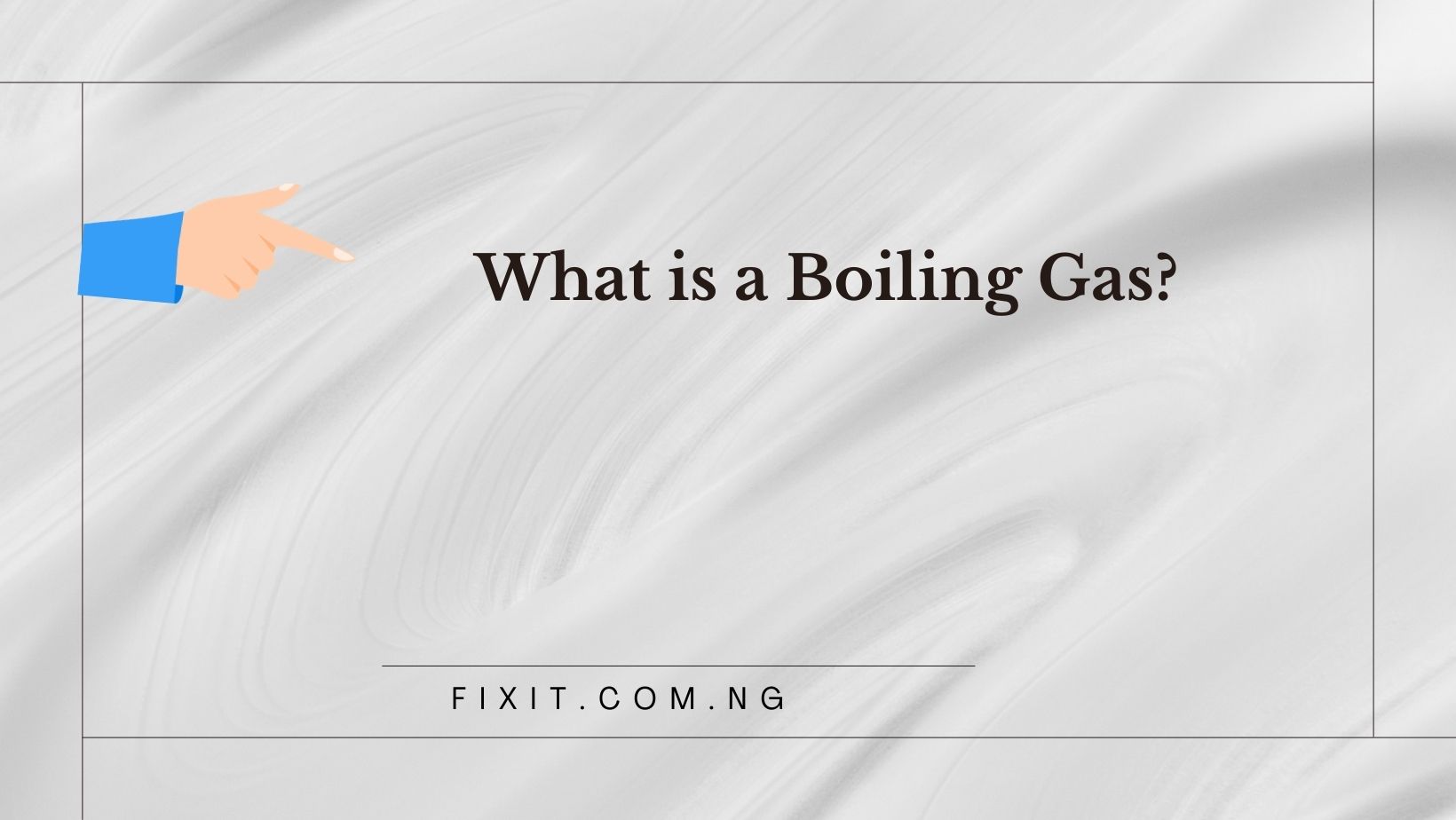Boiling refers to the rapid phase transition from liquid into vapor form. Its exact temperature depends on both ambient temperature and atmospheric pressure conditions.
Boiling liquid produces vapor bubbles which dissipate heat energy released by molecules into the surrounding air, diverting it away from the system and thus flattening out its heating curve.
Temperature
A boiling point is the temperature at which a substance will change from liquid to gas, as determined by molecular energy and kinetic energies within its molecules. At atmospheric pressure, liquid will change to vapor under atmospheric pressure – known as its vapor pressure. A boiling gas’s temperature depends on molecular energy as well as kinetic energies within the liquid itself.
Liquid can only boil when its molecules possess enough kinetic energy to overcome intermolecular forces of attraction and separate, producing vapors which rise into the air as gases, turning into gaseous form and eventually dissolving into it. For this to occur, the liquid must first be heated above its boiling point.
Temperature of gasses can be difficult to ascertain due to their composition of numerous individual molecules moving rapidly through them, colliding and colliding against one another and with any walls they come in contact with, as well as constant thermal contact with their surroundings, leading to heat transference between molecules in various amounts of contact.
Scientists use specialized equipment and follow a precise set of steps in order to accurately measure the temperature of a boiling gas, including placing its sample into a special container, which then sits inside another vessel capable of measuring both its temperature and vapor pressure. Once its true temperature has been ascertained, its value can then be compared with that of the surrounding environment to provide more insight.
While all materials will eventually boil into gas, their individual boiling points depend on both temperature and pressure at which they are observed. For instance, water has an STP (standard temperature and pressure) boiling point of 100 degrees Celsius; when measured at higher or lower temperatures than this it becomes liquid or gas depending on where its new boiling point lies.
Some substances, like carbon dioxide, do not need a boiling point in order to transform from solid into gas form; these gases, commonly referred to as dry ice, will do this directly at room temperature under normal air pressure.
Gasoline is another compound that will eventually transition to gas when heated to its boiling point, although the process is generally slower than most compounds. If possible, pressurizing gasoline before storage or transport is advised in order to minimize carbon monoxide emission and hydrocarbon formation.
Pressure
Liquids as they heat up tend to have molecules moving faster and farther apart until their kinetic energy reaches such high levels that it cannot overcome their mutual forces of attraction, and bonds begin to break apart, producing vapor instead. At this point, we reach boiling point. A gas can only boil if its pressure allows its vapors to escape the liquid.
Pressure exerted by boiling gases depends on their temperature of operation and amount of heat applied, with typically equal vapor pressure being equal to that of ambient atmospheric pressure – known as saturated vapor pressure or PSVP.
Increasing a liquid’s temperature will result in its PSVP increasing as well, but not at an equal pace. This is because as its vapor pressure increases, its molecules will move closer together until their kinetic energy reaches such high levels that they break free and begin flying away from it.
Once they reach this point, molecules begin erupting as bubbles into the atmosphere and their required energy expenditure (TBE) to get there is known as boiling point energy (TBE).
Liquids all have an initial temperature at which they begin transforming into gases; however, some liquids take much longer than others due to differences in their molecular structures – some having weak bonds that allow molecules to come apart easily, whereas others require much more energy to break.
Some substances do not pass through the liquid phase when boiling; carbon dioxide, for instance, can be used to make dry ice by being heated at an even lower boiling point than that of liquids. Sublimation allows a substance to boil by applying external pressure that is lower than atmospheric pressure; this practice should only be attempted at home as it could prove hazardous and possibly damage equipment used during sublimation. Additionally, the gas produced can be harmful to humans and animals, necessitating controlled laboratory conditions for its use. Furthermore, synthesis gas production can also be used for heating purposes – which is safer than oil or propane and requires less energy – making this option an attractive one in certain circumstances.

